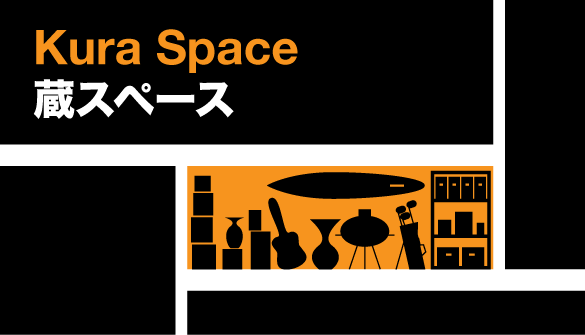
Japan’s house building industry is characterized by intense competition. With so many young families choosing to build new homes, volume house builders come up new innovative features to outcompete rivals’ products. Although these features often seem gimmicky, one idea that seems to be a must is the half-height storage level, or “kura” space. Two families we are well acquainted with here in Japan have both built new homes with a kura space in the last year.
Storehouses
Traditionally, the word “kura” (蔵) refers to the storehouses built adjacent to Japanese dwellings since prehistoric times. These were robust structures typically built with stone and plaster to protect valuable family belongings by withstanding flood, fire, and earthquakes. The ancient typology is a precursor to Japanese shrine architecture as well as modern warehousing. Like so much of Japan’s traditional architecture, most kura have been destroyed. However, the term kura is preserved in the popular lexicon, refering to any type of storage annex for household effects.
Clutter, an Intrinsic Dilemma
Visitors who have been inside a Japanese home may have found they offer limited storage within their tight confines. The result — a surprising amount of clutter. The Japanese are fond of joking that their homes are like rabbit warrens. Garages, sheds, porches, etc are uncommon in Japan. Even larger items (surfboards, barbeques, golf clubs etc) have to be stored inside the home. Having an additional storage room is a strong selling point because it gives Japanese families a place to put all that crap.
Regulating Density
Japan’s land is in short supply. Residential density and building size are regulated by a ratio restricting the floor area that can be built on each piece of land,
This is called Kenpei Ritsu (建ぺい率). For instance, it might be stipulated that 80% of a plot may be built upon. A further regulation prescribes how much floor area can be built as a percentage of this land area. This is called Youseki Ritsu (容積率). 200%, for instance, would effectively limit the house to two stories.Loophole
The kura, or storage level, is a clever way to get around the regulation, since any space with a height clearance of less than 1.4 meters is not counted as inhabitable floor area. This exception is limited to an area of less than 50% of the upper story’s total floor area. The kura space allows an additional room because the low ceiling height of 1.4 meters is technically not considered inhabitable.






The kura space is effectively a loft space (or attic) that has migrated to the lower levels of the home (presumably making it more accessible). Most designs incorporate this half level between ground and second floors. As a result, a lofty living room on the other half of the ground floor will make up the difference, benefiting from additional ceiling height. Other alternatives are to place the half-level above a garage or on the ground floor. Stairs will have an intermediary landing to access this interstitial storage level.Kura spaces may be the result of a loophole in Japan’s unique building regulations, but the idea offers a practical storage solution for homes in other countries.Misawa Homes has a very extensive flash site to explaining this feature (Japanese)